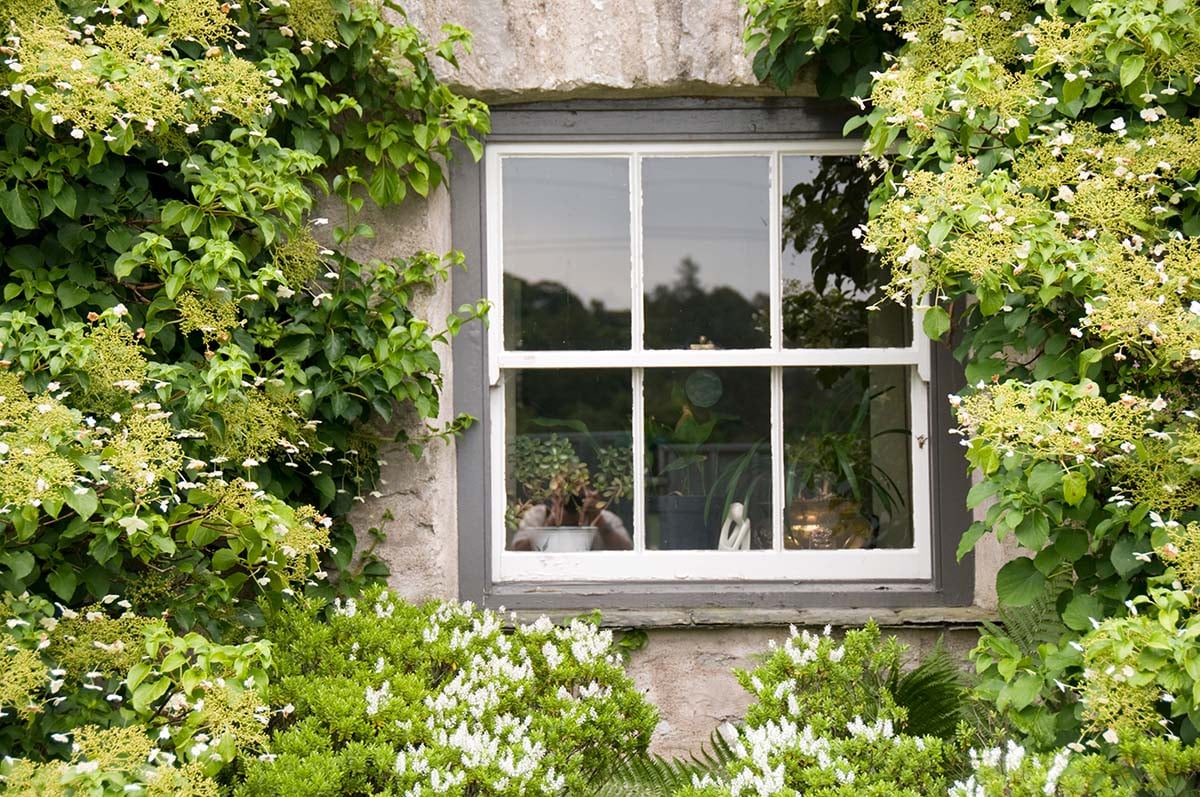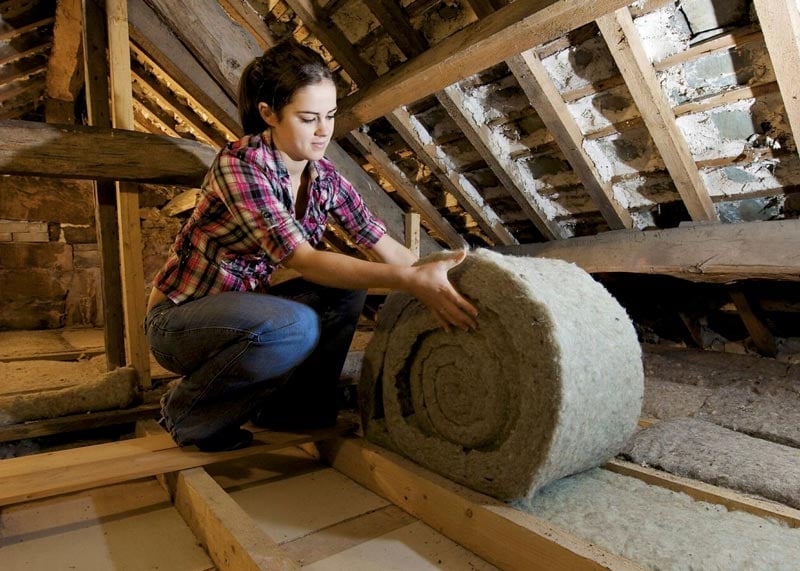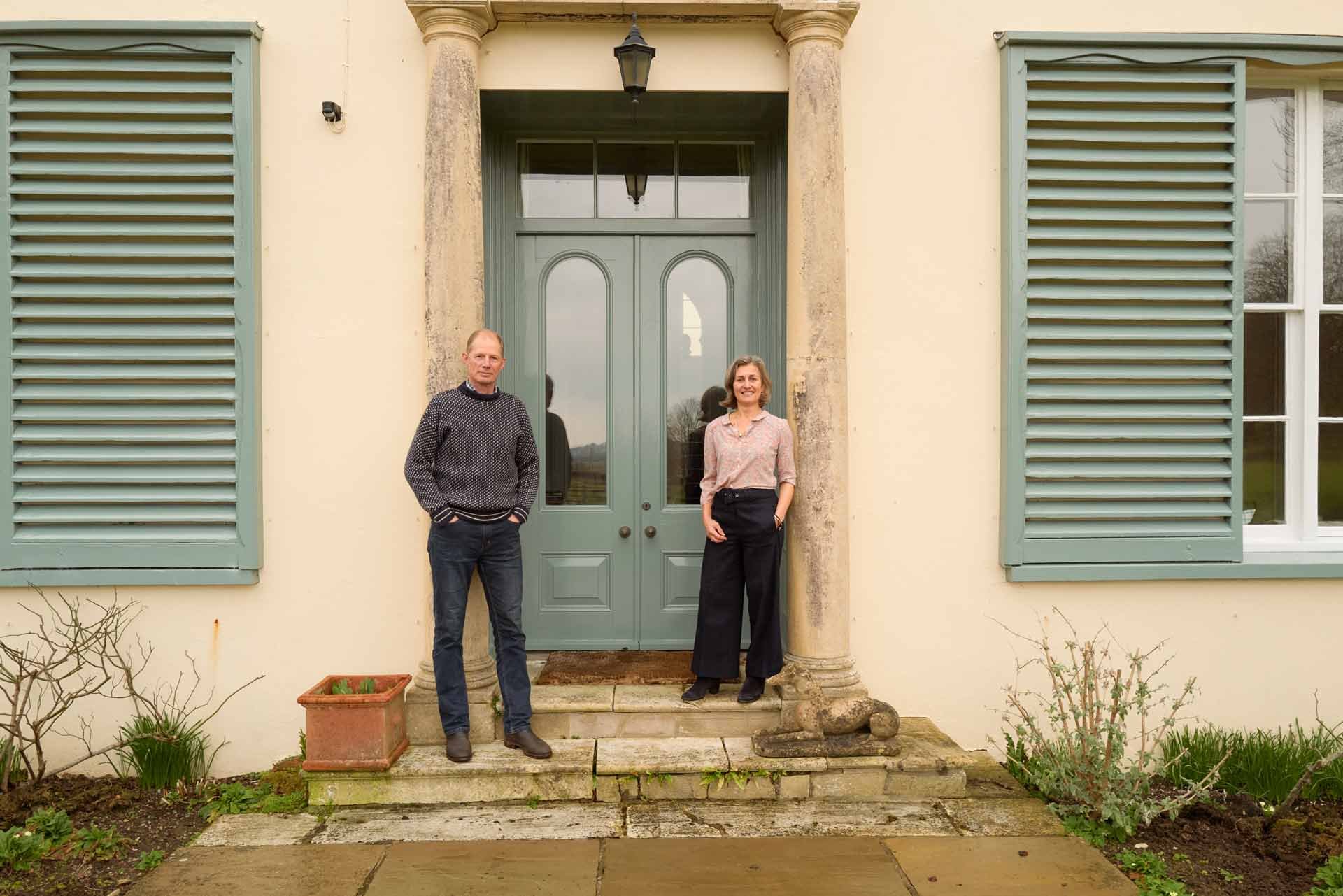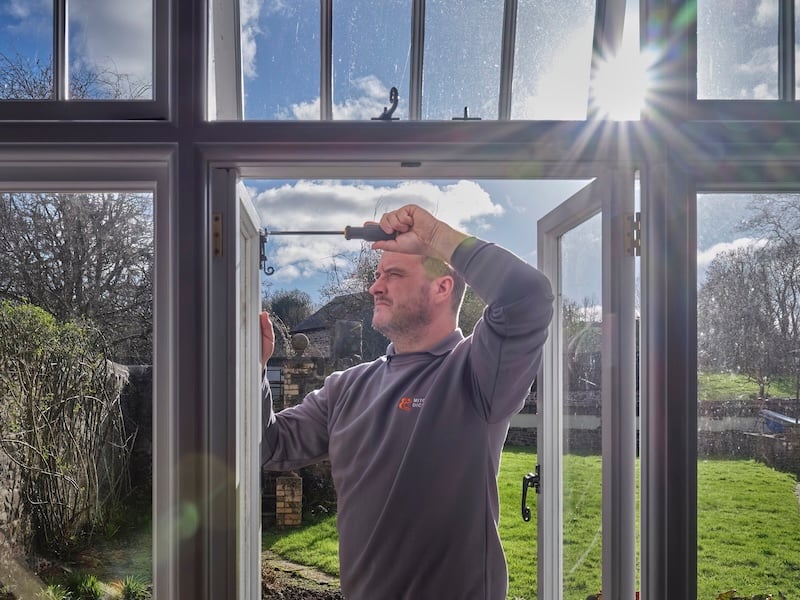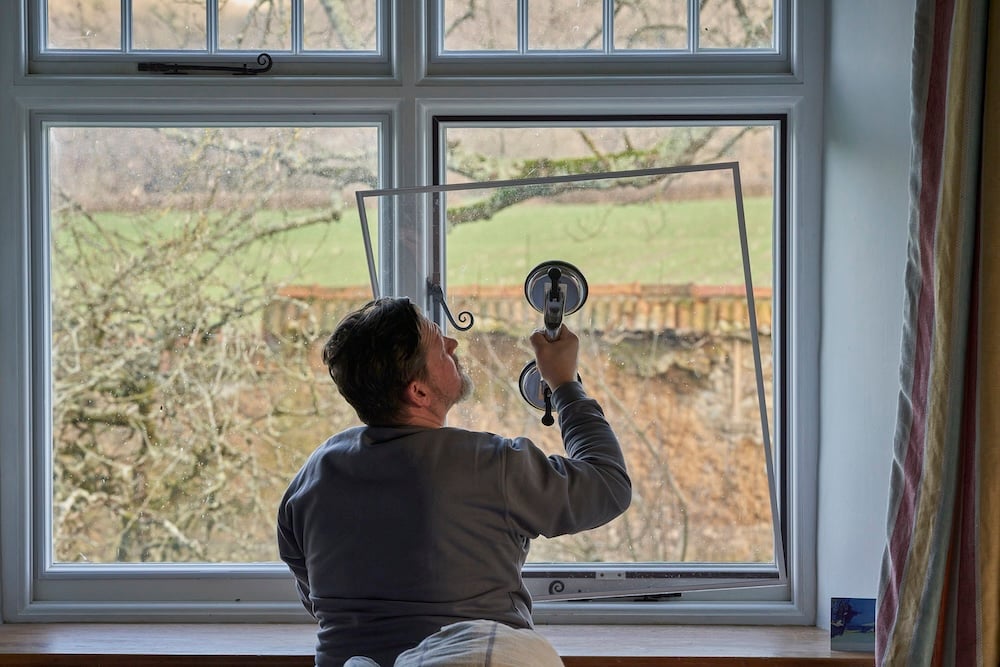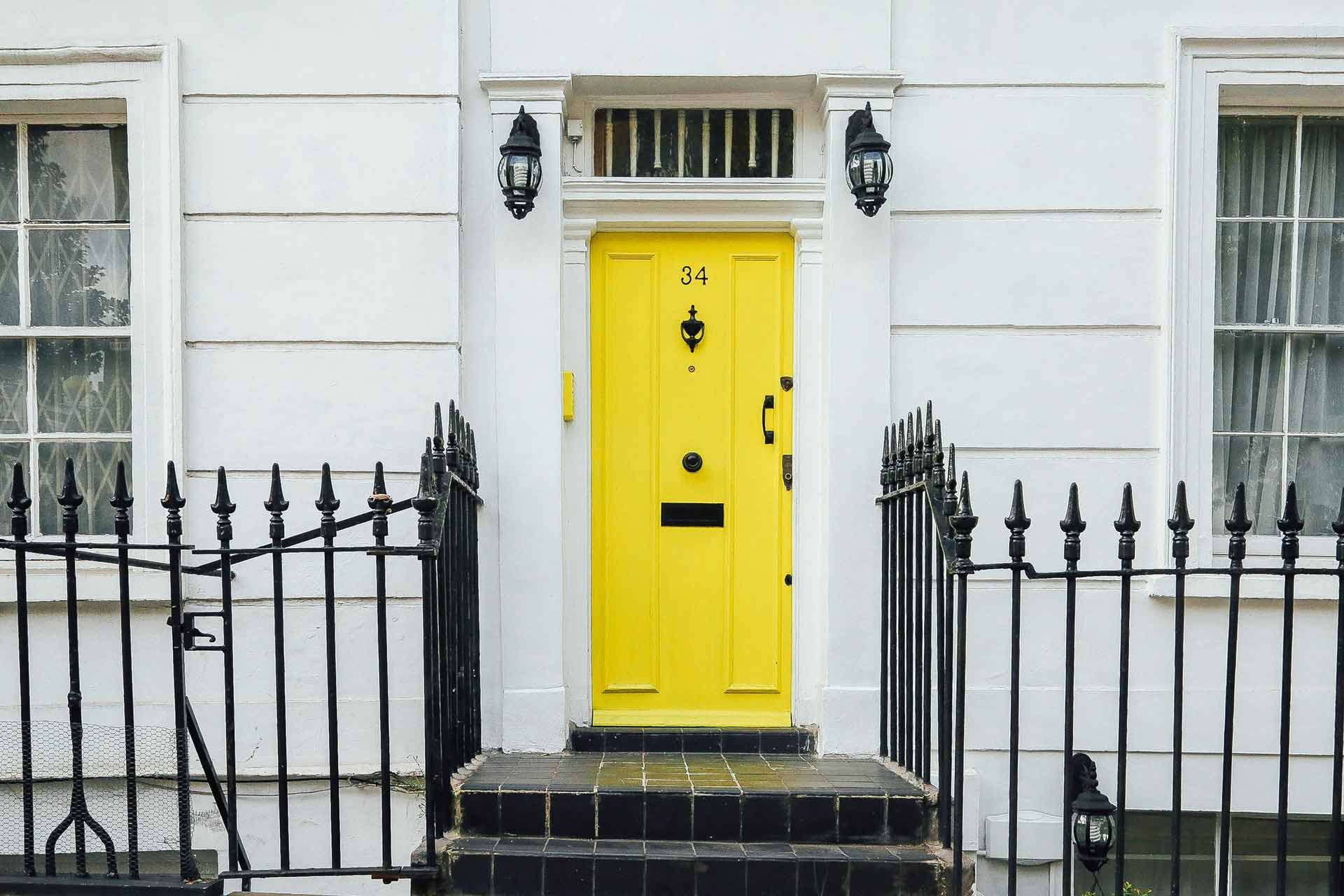One of the most effective ways to draught proof sash windows in a period or listed property is to add secondary glazing.
In this guide, we explain its benefits and things you need to consider before installation.
What are the benefits of installing secondary glazing on sash windows?
One of the main advantages of secondary glazing is that it can be installed without permanently altering the original windows, making it a preferred option for historic and listed properties.
Secondary glazing can also significantly improve your property’s thermal performance as it creates an additional layer of insulation. This can help reduce heat loss and improve energy efficiency. It is also effective in reducing noise from outside – a bonus in busy urban areas.
How does secondary glazing help to draught proof sash windows?
Secondary glazing helps to draught-proof sash windows by creating a sealed barrier that prevents cold air from entering the room. Sash windows, particularly older ones, often have small gaps and cracks around the frames where draughts can seep in. By adding an extra pane of glass or acrylic on the inside, secondary glazing seals off these gaps, reducing airflow and stopping draughts from penetrating.
Additionally, the air pocket created between the original window and the secondary glazing provides an insulating layer, further reducing cold air transfer. This not only improves insulation but also minimises air leakage, making sash windows more effective at keeping rooms warm and comfortable without altering their appearance.
Is it best to add double glazing or secondary glazing to my sash windows?
If you live in a period or listed property secondary glazing is often the best solution as it ensures you retain the original appearance of your windows. It is unobtrusive because it involves adding an additional invisible layer to the original glass rather than replacing the window completely, as you’d do with double glazing.
Do I need to seek planning permission before adding secondary glazing to sash windows?
If you live in a listed building you may need to seek permission from your local authority before you carry out any renovation work on original sash windows.
Unlike double glazing installation, secondary glazing is less obtrusive because rather than replacing the whole window, it involves adding a secondary layer to your existing window. However, not all secondary glazing products are the same. If you plan to install aluminium-framed glass secondary glazing you will be changing the fabric of the building, so this would require planning permission. However, secondary glazing products like Mitchell & Dickinson’s CosyGlazing require no material changes to the fabric of your building and is completely invisible from the exterior and interior, so planning permission isn’t usually required.
To be on the safe side, it’s worth checking with your local council’s planning department or conservation officer to tell them of your secondary glazing plans before commencing any works on your property.
Will my sliding sash windows still open if I add secondary glazing?
Yes, this shouldn’t be an issue. For example, if you install Mitchell & Dickinson’s CosyGlazing to your sash windows, the team will re-engineer the windows by adding weights to accommodate the weight of the CosyGlazing unit that is attached to the frame of your window. Some modifications are also made to the meeting rails to enable the casements to pass each other with the CosyGlazing unit fitted to the frame. Some windows are more challenging that others, but bespoke and hand-crafted solutions are what Mitchell & Dickinson do best and to the highest standards.
